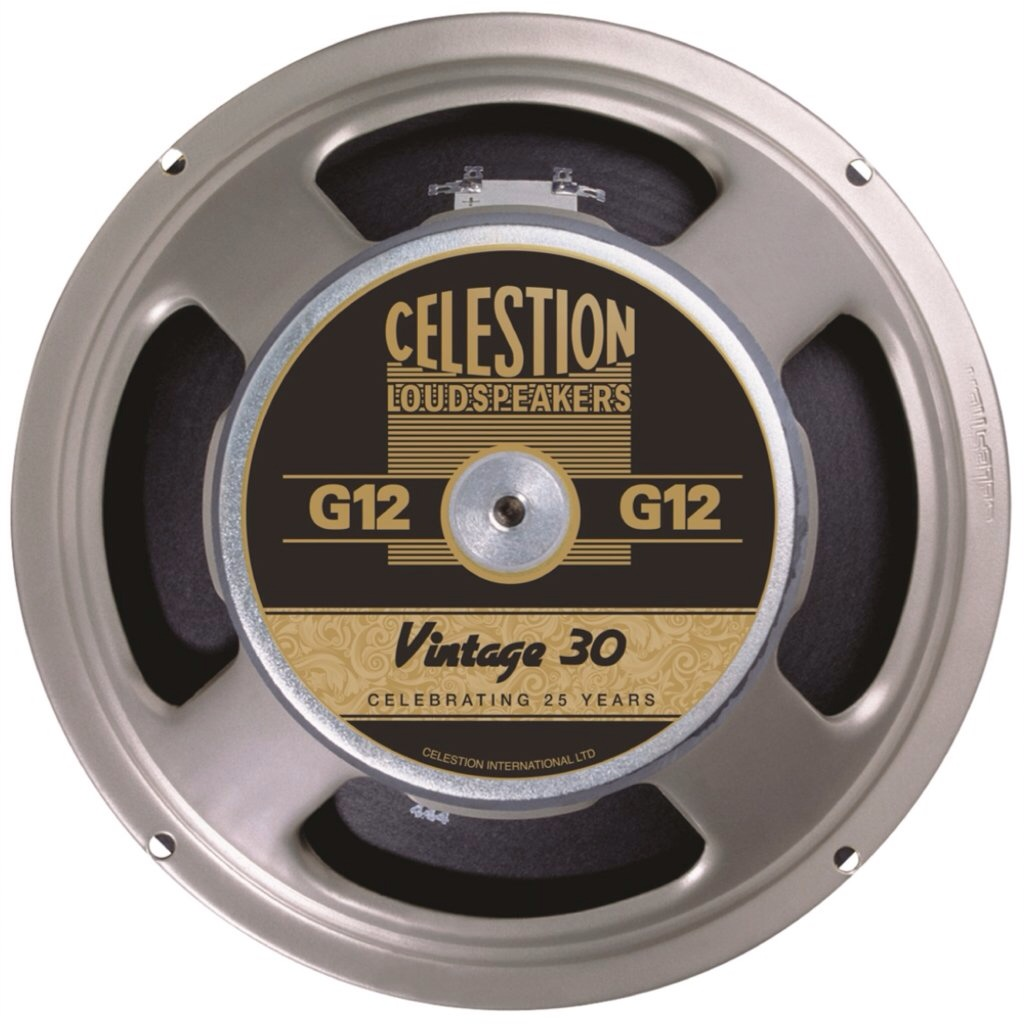When I’m doing coding interviews I always like to start off and say I’m a big fan of very long variable names. “As descriptive as you can be” I say. Then I get to my first for loop. Instead of i I use “iterator” and then when I start a nested loop I use “jiterator” and it always gets a laugh.
I used to conduct coding interviews at my old job. If someone came in and had some humor like that, it would be big bonus points in my book. Being someone I would like to be on a team with is very important. Plus, I think it shows confidence and being comfortable in situations that make most people nervous.
I’ve been at two start ups and they had me interview people. Honestly this is what I looked for. I’d ask basic questions to prove you had an idea about coding, but I can teach someone to code, I can’t teach someone to be someone I like working with.
You can teach them to code if there is an underlying level of logic to build off. I’ve met a few people in life who I know for a fact will never code, no matter how smart they generally are.
And even if it didn’t help my chances directly like that, even getting a small chuckle would help me be more comfortable and confident.
Honestly finding someone who can relax and intergrate into your team culture is arguably more important that anything
i is for index. j is simply the next letter and we’re too lazy to think up something meaningful
jndex
kndex
lndex
I always thought it stood for iterator
I sometimes use it for “item”, knowing full well its established meaning as index or iterator, because I’m a rebel.
This is the real answer
i2?
ii
It depends.
xandyare either elements or coordinates,aandbusually elements though in e.g. Haskell reserved (by convention) for type variables.The
ijklseries is reserved for indices.nmetc. are the counts of something, as such you’ll seeicounting up ton. Both are due to mathematical sum notation and general mathematical convention. Random google result:Let x1, x2, x3, …xn denote a set of n numbers. x1 is the first number in the set. xi represents the ith number in the set.
…if you’re using a language in which you use
ioften chances are you should stop coding in C and get yourself a language with iterators. Manual loops are a bug magnet.It’s a shame iterators in JS are trash for memory if you have a giant array
deleted by creator
A useful tip I picked up was to use
iiinstead ofjfor an inner loop. It’s far more distinct thanj.If for some terrible reason you have even more inner loops you can easily continue the trend
i,ii,iii,iiii,iiiii- oriv,vif you’re feeling romanIf you have the need to nest 5 levels of for-loops, I suggest taking a step back and rethinking your approach, my friend.
Even if that other approach is just refactoring it into separate methods.
I just do i2, i3, etc
Becomes unreadable if you’re using the iter values a lot
Two or three "i"s is readable, but any more and you’re counting.
I’Ve started using i, k, m, n that’s usually enough.At this point we might as well go full Roman as you suggested. MXMCIIV to MXMCCVII as indices.
When you have multiple indices you’re also bound to have multiple cardinals those indices count up to, say
foo.lengthandbar.length, sofoo_iandbar_iare perfectly legible and self-documenting. A bit Hungarian but Hungarian is good in small amounts. Unless you’re dealing withwidthandheightin which case it’sxandybut it’s not thatwidth_iwould be incomprehensible.
x is used for map, filter, etc. a and b are used for sorts, comparisons and merges. y might be used if I’m doing multiple lambda expressions (but that means I’m in a bad place already). I have no idea why, but these are firm rules in my brain.
I’ve gotten used to using the singular form as in…
records.filter((record) => …)
Not saying this way is better but it works for me.
I do this too. I hate using just
x, because it’s so non-descriptive.
Yes! I love using x (and xs) for functions over whatever the thing is (or things are).
People who name iterators with one letter have no soul.
two letters it is then
And people who iterate over 3D space using firstDimensionIndex, secondDimensionIndex, and thirdDimensionIndex instead of x, y, z have no sense 😜
x, y, and z are absolutely fine for spatial addressing.
It’s my understanding that i,j are conventionally used in mathematics which carried over into programming, but specifically it comes from Fortran in which all integer variables start with “I” through “N” based on said mathematical convention
Yep, this is the answer. In Fortran, all variables are assumed to be floats, unless the variable starts with I, J, K, L, M or N. I’m sure they had a good reason, but it sounds so bizarre today!
In fact this goes all the way back to Hamilton when he invented quaternion, in which i,j,k are used as basis vectors (which are generalizations of the imaginary i). Later Gibbs dropped the scalar component and gave us the modern vector.
In old FORTAN variable starting with I…N are integers. This is how the practice began.
Oh wow, I thought it was because “i” was a short way of writing “index”. Then “j” was just logical after that.
You are still correct! The letters I & n are the first letters on Index.
Learned that VERY recently from here, at NDC Oslo 2023, he mentioned it around 42:54. The whole talk is worth watching, its about the history of javascript all the way back to FORTRAN (the talk itself starts at 25:03).
I always thought i for index when iterating through an array. Then you can’t use i again in a nested loop so j follows.
Tho sometimes x, y if the array represents coordinates.
Only a maniac would use a, b.
One of the very first lines of code I ever wrote was:
10 FOR a = 1 TO 70
In Spectrum Basic. I do tend to use I these days, I’ve calmed down since my childhood days 😀
I generally use a for each type loop or a map because I am usually applying some function across a collection, and in both cases I use the singular name from the collections plural.
’Cities.map(city -> …)’
For (val city in cities)
If I actually need the index for some reason I still prefer loop structures that give me the index and the item together
*note syntax pulled out of my head and not necessarily belonging to any specific language.
For ( city, index in cities)
cities.map((city, index) -> … )
If I need to double loop a matrix array I would use rowIndex and ColIndex for the indexes.
I find it hard to read when these are together:
- i, j, l
- n, m, u, v, w
From all the possible character combinations, somehow the lookalike combinations are among the most popular. Yes, probably comes from math. I hated it even more when my math prof’s i and j on the board were indistinguishable.
It’s a thin J, okay kid? Git gud, get on my level.
When the practice started, most (if not all) programming languages used capital letters. IIRC the computers that ran early FORTRAN (which is where the I,J,K, etc. convention comes from) didn’t even support lower case letters.
I prefer index variable names that are two words. The second word is always ‘index’ and the first word describes the enumerable objects. carIndex, productIndex, thingIndex
I’m not paid by the character count. Longer and more descriptive is better. Long lines that go past your 1080p monitor are probably not long because of variable names but because you insist on doing many things in one line (quit doin’ that). For small functions this isn’t necessary, but too often I’m shunted to the middle of a big function with two or three indecies doing acrobatics over one another and while working on it I have to constantly remind myself that this i and j mean particular things.
I have had too many times where I have been confused trying to figure out a giant nested loop because the writer used i/j/k or x/y/z. It’s even worse when they confused when a particular bug is because they confused what their single letter variables were and used j somewhere instead of i and no one caught it because it is so easy to brush over. Name your stuff what it is, make your life easier, make others lives easier.
If you need three iterators, it’s time for at least one function encapsulating that inner loop.
If you use I,j,k… what do you do if you need another? I hate seeing lowercase l as a var.
If i is lowercase too then it doesn’t make a difference
But tbh if your function is having mit than 3 levels of nested loops you should probably rethink that function
… or you just work in 3D …
Wouldn’t that be x y z or something similar then though ? You wouldn’t even think to use i j k for that
This is the answer my college professors would have said. Lol
I like range-based for loops. You can just name the iterator after the object that it actually is. Have to be a little careful though, if the container is named a plural noun, and the natural name is the same word minus the easy-to-miss ‘s’.
a plural noun
sheep.each do |sheep| sheep.baaah endOh shit :D
This is one of the few things I really like about JS/TS. for (thing of things) is very legible and self documenting.
for <thing> in <amount> do...
















